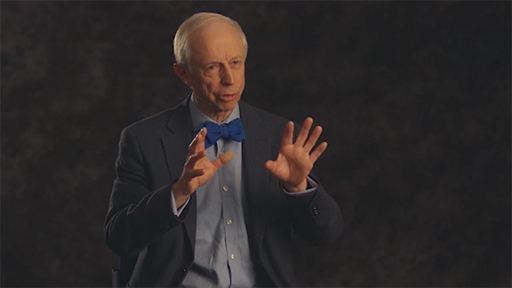3 E-commerce business models
Due to the power of the internet and the rise of the platform economy – where people and organisations use platforms in their economic activity – more and more business models are being designed and developed specifically for the online marketplace.
In Activity 5 you will look at the impact of digital change on Netflix’s business model design.
Activity 5 The impact of digital change on business model design
In Video 4, Professor Baden-Fuller discusses how digital change has influenced business model design, using the example of Netflix. Watch the video and note down the impacts of digital change on business model design.

Transcript: Video 4 Digital change influencing business model design
While watching the video, you may have noted that the flexibility of choice for customers and strategic decision makers is critical to business model design in the digital world. It allows for fast adaptation to the unique preferences of customers. It also allows designing business models that can be amended and easily substituted when strategists need to change the way an organisation generates value.
Activity 5 suggests that, in the digital era, business models of many firms rely on e-commerce activities. Laudon and Traver (2014) suggest that such activities involve being an e-tailer, a community provider, a provider of content and portals, a transaction broker, a market creator, and/or a service provider. These activities define seven major business models:
- e-tailer
- community provider
- content provider
- portals
- transaction broker
- market creator
- service provider.
You will look at each of these in turn next.
